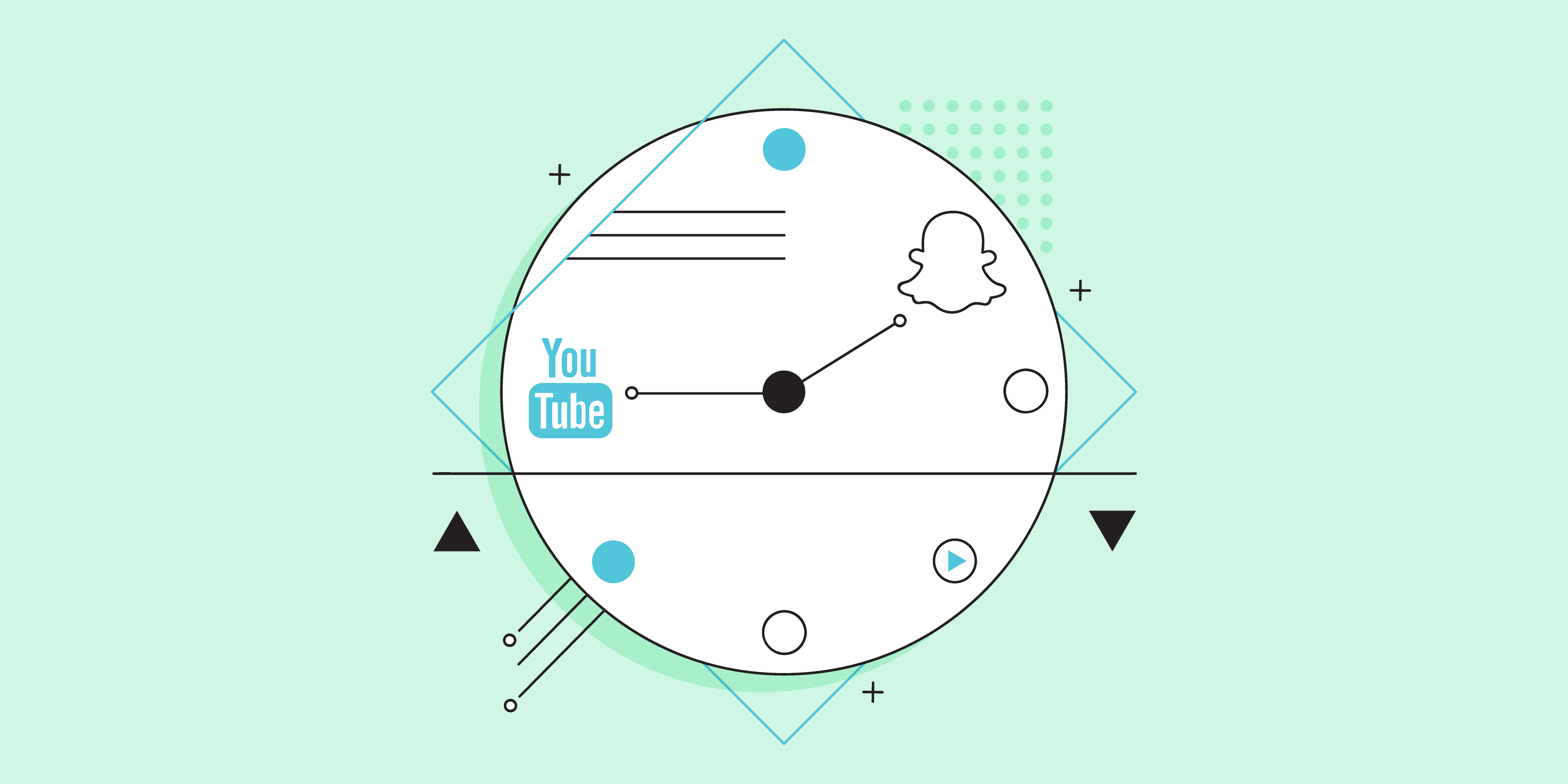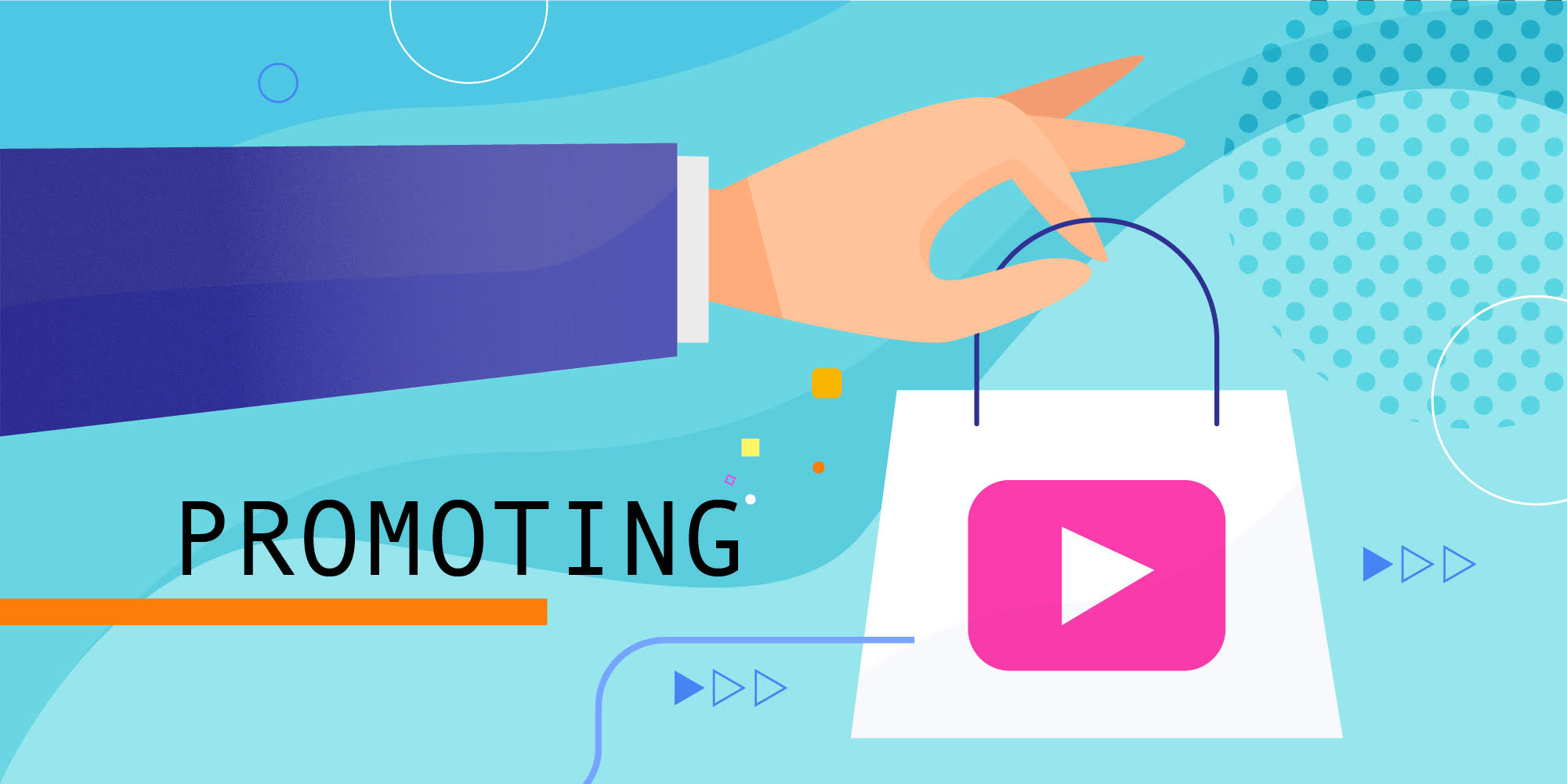You’ve been advertising on Snapchat recently, because you read somewhere that it was a good place to find millennials. Then someone said you should be using Youtube to spread a general awareness campaign among a larger audience. Now, however, you need to cut budget and figured one of these has to go. Which will it be?
Slow down! Maybe you don’t have to cut a channel completely, what if you could readjust your focus so that each was being used more appropriately? If you can do that, you may be able to afford to keep both channels going, and since they each have serious plusses that may be a better answer.
Snapchat vs. Youtube: where should your recruiting budget go?
Let’s get the TL:DR out of the way—somewhere between “both” and “it depends.” We know how that sounds, but read on and we’ll explain that there may not be a need to choose just one.
It’s going to come down to your specific focus on these two areas: target audience, and campaign goals. Each platform has their own specific demographic where they’re the strongest, and each has a definite media bias. Youtube is for long-form videos with high production value, while Snapchat is for spontaneous, off-the-cuff clips of everyday life. Youtube’s viewership skews slightly older than Snapchat, yet Snapchat’s user base is one of the most highly engaged of any social media app.
Specific campaign goals will need to be taken into account as well. If you’re looking for general brand awareness, Snapchat is fantastic for sharing shots of the game room or short videos from your last company event. Youtube, on the other hand, excels at recorded webinars, compilations of employee testimonials, and ads for specific openings.
Let’s look at each of these areas in more detail, we’re going to start with the area of focus and break it down by channel.
Target demographic: similar platforms, vastly different target audiences
Snapchat:
If you believe Snapchat skews young, you’re not wrong. 78% of American internet users between the ages of 18-24 are regular users. That means if you aren’t looking for right out of college entry-level folks, or interns, this may be a great platform to forgo. On the other hand, if that is what you’re looking for, this is your gold mine!
Youtube:
The demographic here is pretty much everybody else. We're talking about 90% of American internet users between 18-44 having accessed the site in 2018. So it’s not that millennials aren’t using the site, they’re just less likely than others to be using the social media aspects like comments. If you’re looking for mid-career people, or if you have the ability to produce full-featured videos documenting events, office culture, or other aspects of your employer brand—this is where you’ll want to post it.
Different campaign goals need different platform strengths
And since there are nearly as many campaign goals as there are social media platforms, we’re going to break this down a little farther. Like into the 4 main focuses of recruitment marketing: general awareness, EB/EVP spreading, specific openings, and talent pool expansion.
General awareness campaigns
Snapchat:
Honestly, this is where this channel truly shines. Let your hair down, you’re among friends here. With the focus being on individual images, “stories” which consist of several images stitched together with audio over the top, and short unedited clips; Snapchat is a fantastic place to express your creativity. Have a group of employees take over the account for a day, showing what a “day in the life” of your workforce looks like from the inside. Or take the opportunity to get some candid shots at an off-site event and share them with captions provided by the people in the pictures.
Youtube:
When you have professionally shot, produced, and edited video content to share, this is your spot. Film a tour, narrated by current employees, of the main campus showing off all the highlights. Or film a team meeting, showing off how great management is at working with their teams. For general awareness, you can’t beat an organic video posted to the corporate account. Or use clips from these videos as ads that can be targeted to people watching content related to your field.
Spreading your stellar EB/EVP
Snapchat:
Again, hand over control of the account to employees and have then snap from a company gathering. Maybe an ad hoc tour of the recreation opportunities, or the fully stocked break rooms. Anything that demonstrates the reality of life at the office, with coworkers stopping by to say “Hi” and mug for the camera. The sky's the limit here, this audience is ripe for your tailored EVP messaging.
Youtube:
And when you have a produced, slicked up corporate version of that, bring it over here. Youtube is less for the light-hearted content of Snapchat, and more for the version you would want to share with your parents before taking a new job. This content should highlight all the same benefits, even with the same employees featured, just in a more subdued atmosphere. Remember, since Youtube is owned by Google, ad targeting can be as detailed as you can possibly want, so you can get right down to your specific target candidates.
Advertising for specific openings
Snapchat:
Do a walk around, showing the workspace, team, maybe talk to the manager about what they’re looking for in an ideal candidate. Then use the built in swipe motions to let people apply right from the ad, or take them to a landing page for more details about the opening. Since it’s a native mobile app, Snapchat has robust features in this area. Swiping each direction can be configured per image, video, or ad to take viewers wherever you would like them to end up, be it your careers portal, landing page, or other content within the channel.
Youtube:
With the ability to configure CTAs right in your video, you can aim people to your careers portal, landing page, or elsewhere via these buttons. There are multiple, powerful options when it comes to ad targeting as well, so you can narrow the audience to people watching tutorial videos on specific programming languages who live within 20 miles of your office, for example. Since you can also configure ads to be skippable and you only pay for clicks, there’s lower risk involved if people skip the ad.
Talent pool expansion
Snapchat:
By creating and cultivating an authentic, witty, thoughtful presence here, you can draw the interest of millennials, positioning yourself as the employer of choice in your field, and enticing these potential candidates to apply right from the app when an appropriate opening appears.
Youtube:
By producing relevant, interesting, and engaging content and posting regularly you can cultivate a devoted following on this channel as well. That way, when these folks are ready to look for their next role, they’re far more likely to remember the content you created and will come looking for your careers portal to see what’s available.
Summary: not either-or, maybe the right amount of both?
Like with any social media channel, the key is in knowing how to use these two to get the most out of them, without wasting time, energy, or money by having the wrong focus. If you’re going after millennials and have an authentic, witty brand voice—you can’t go wrong including snapchat in your campaigns. On the other hand, if you have detailed, entertaining content or seminars to produce, you can’t go wrong posting them to Youtube. Both channels have strong points, and less-than-strong points, so the power lies in finding the right balance for your needs and your budget.

.jpg)







